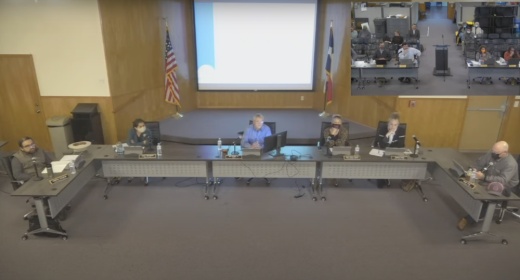The ETJ is a buffer zone around the city where council has limited control over development that could affect Dripping Springs.
Mayor Pro Tem Taline Manassian was the only member to vote no on both waivers at the meeting Jan. 4. She pointed out that the moratorium bought the city time to address two problems: that the wastewater capacity had peaked and that the comprehensive plan for the city needed to be completed before development continued. The plan, influenced by public discussions, will lay out what kind of developments and roads should go where in the area.
Though the Julep commercial development, the first to receive a waiver Jan. 4, will not use the city’s wastewater system, Manassian worried the public might want a different kind of project on that plat of land.
City planner Howard Koontz said normally the city has very little power over developments in the ETJ, though the moratorium allows the city to stall development in the ETJ. However, once the moratorium ends, the Julep developers could go ahead with plans without approval from council.
“If we approve this, to be consistent,” Manassian asked, “does that mean waivers in the ETJ that don’t affect our infrastructure system—if they can come up with their own wastewater service—we’d need to approve them because we don’t control use? Is that the line we end up having to draw?”
City attorney Laura Mueller said the council can still consider each ETJ-related waiver on a case-by-case basis.
The Julep commercial development at the northeast corner of West Hwy. 290 and Trautwein Road would include nine structures and businesses such as a dentist’s office and coffee shop, said engineer Aaron Googins, representing developers of Julep.
The Bell Springs commercial development at 5307 Bell Springs in the ETJ would be a proposed 7,200-square-foot office/warehouse building served by a septic tank rather than the city’s wastewater.





